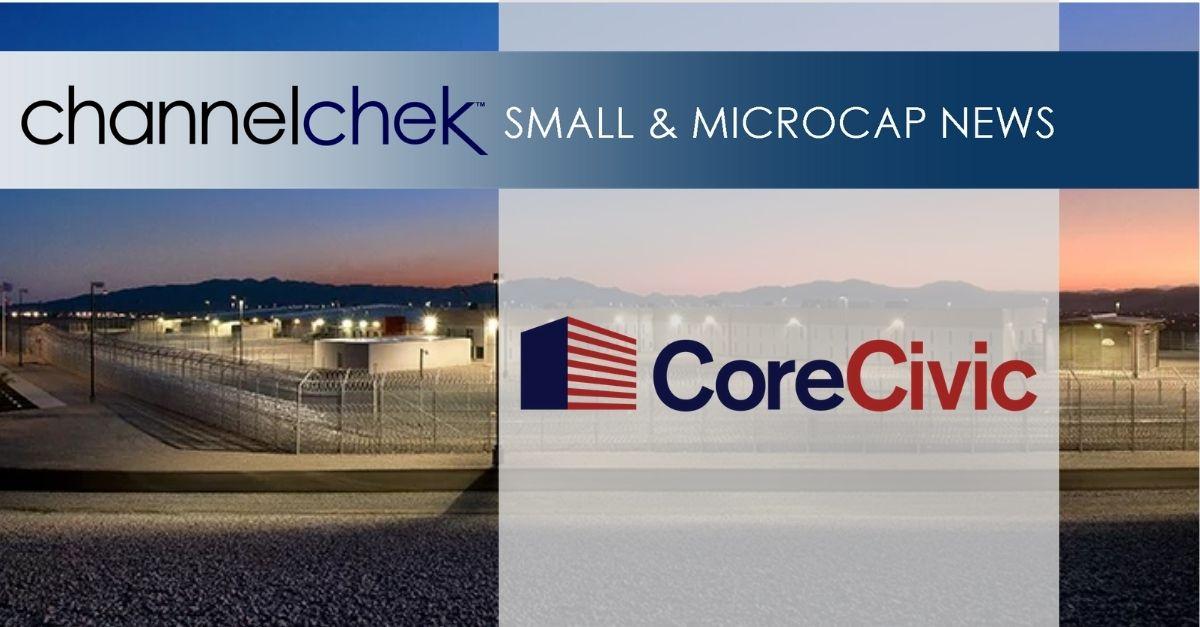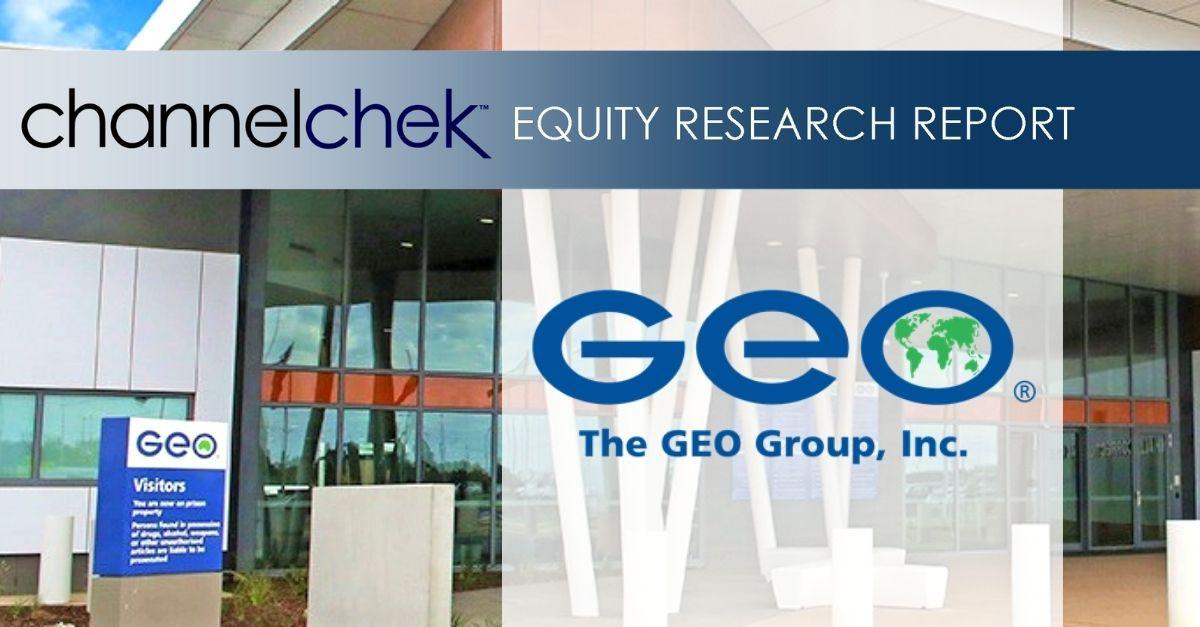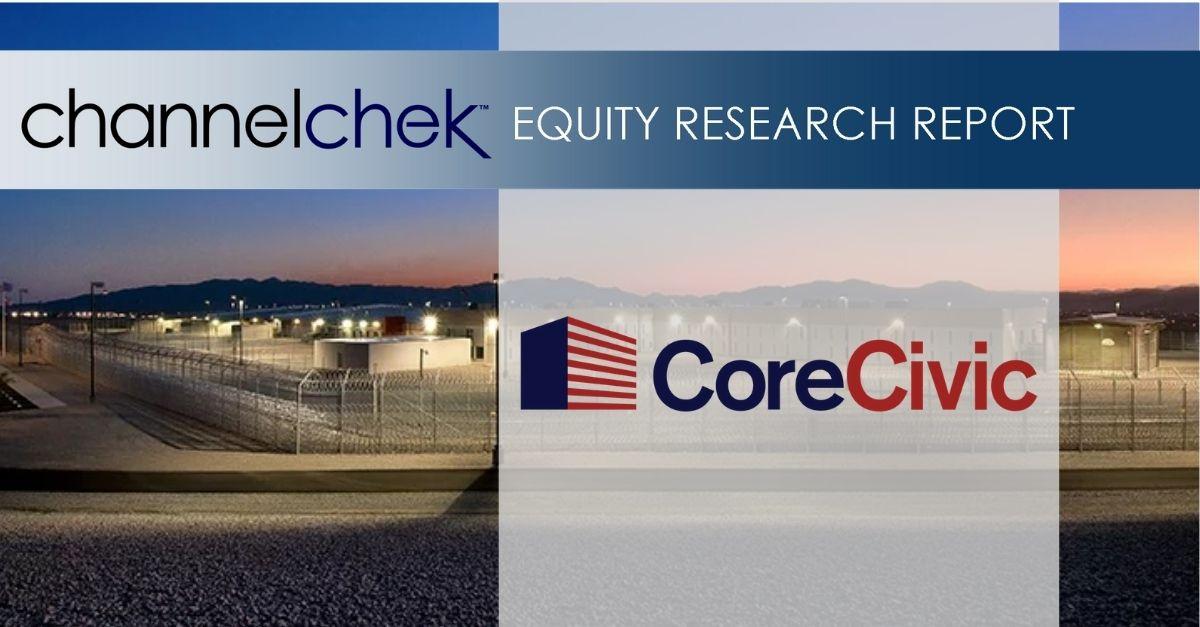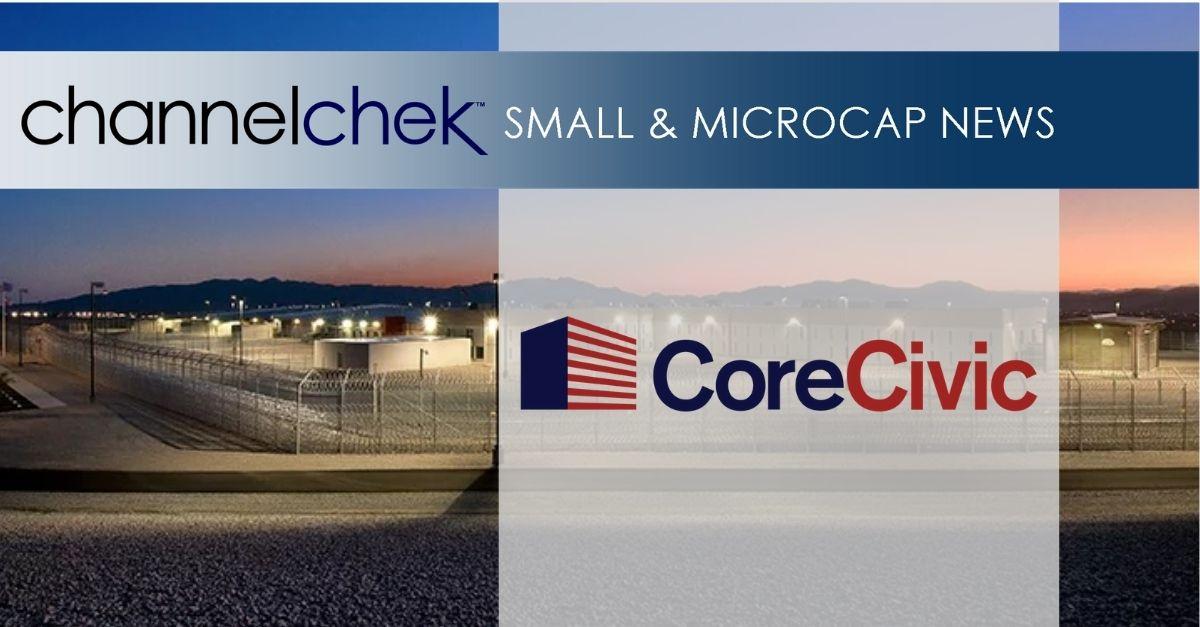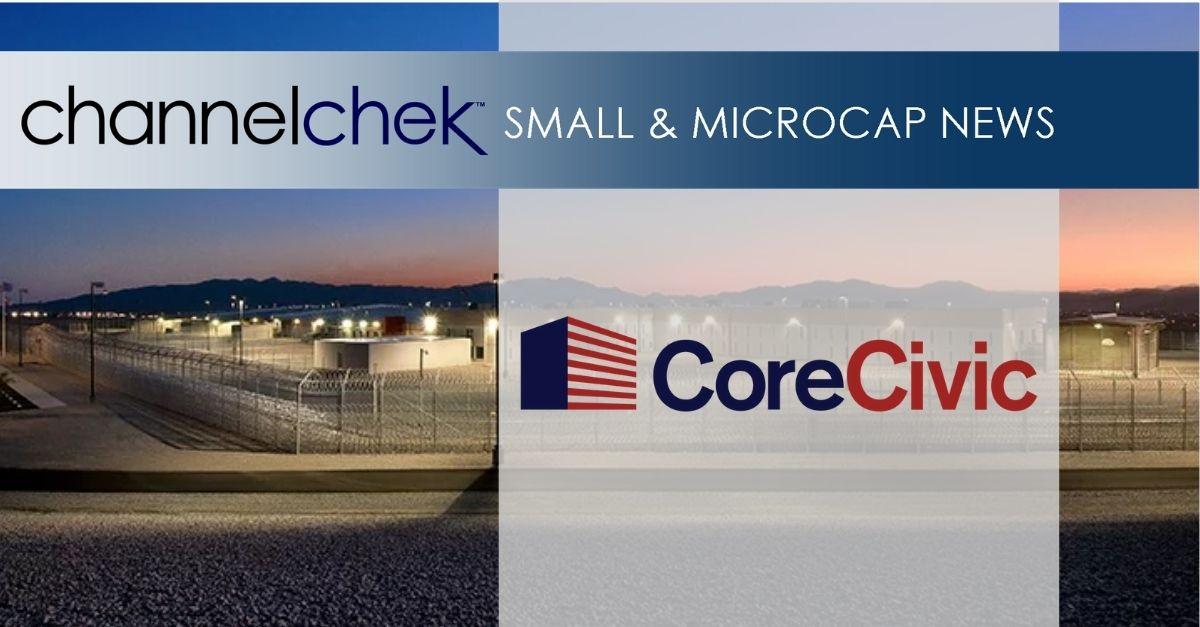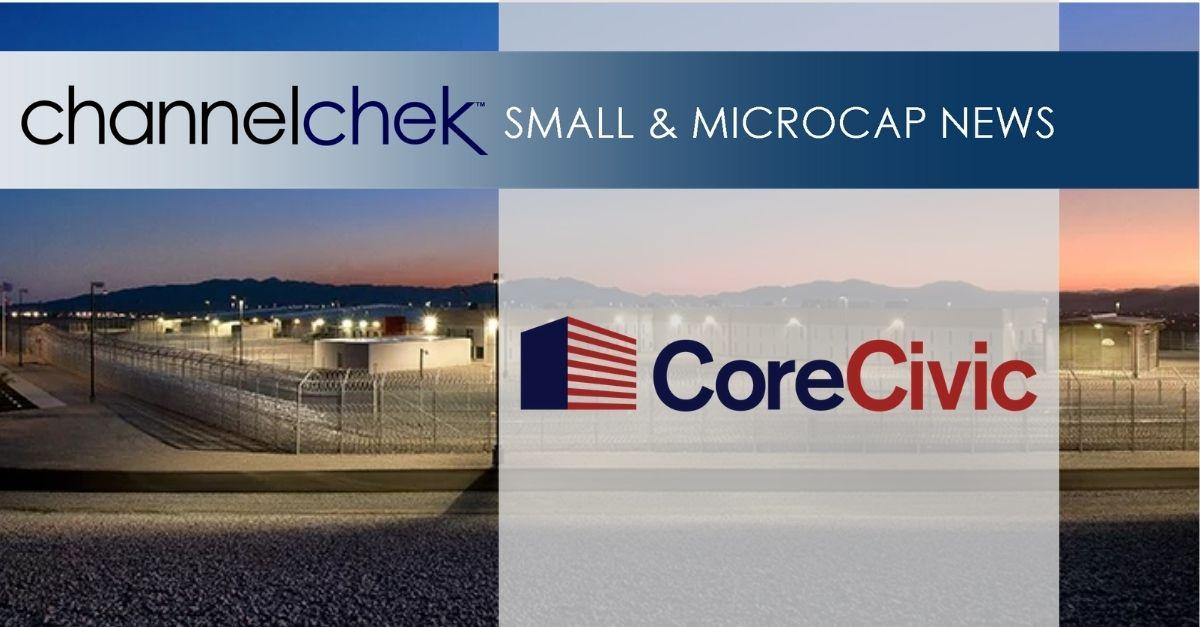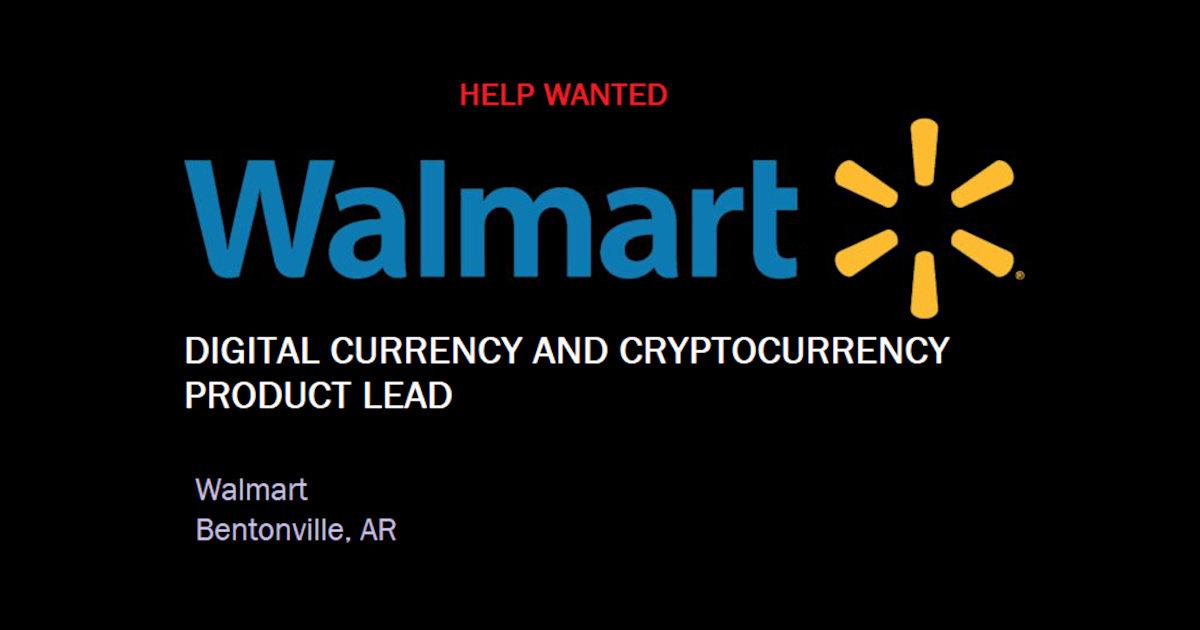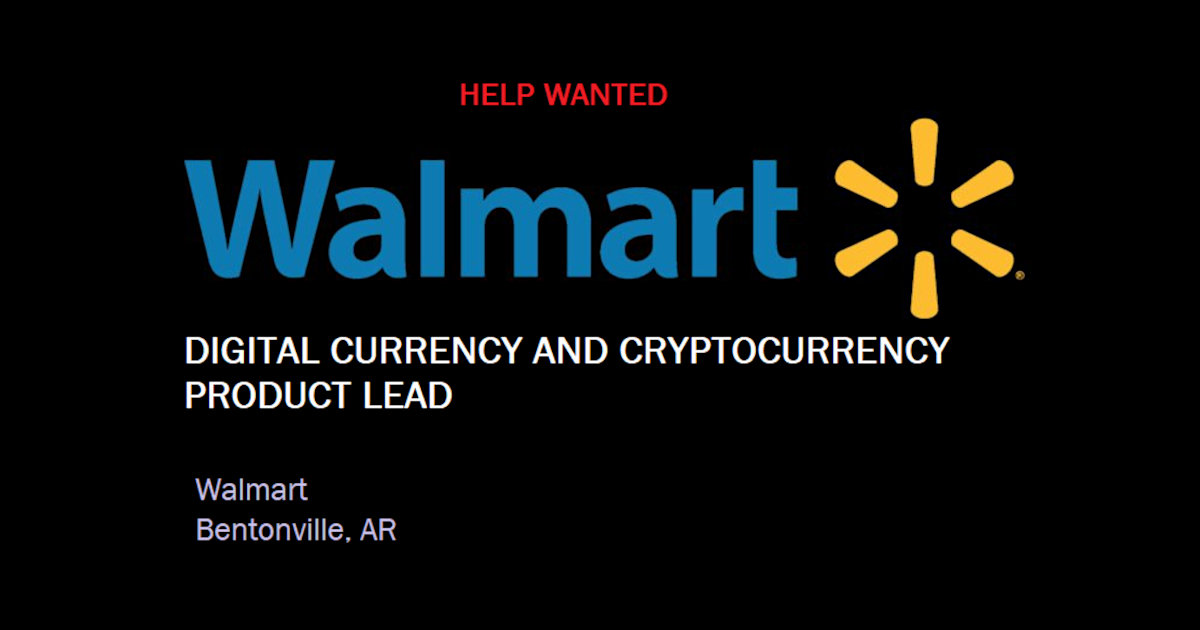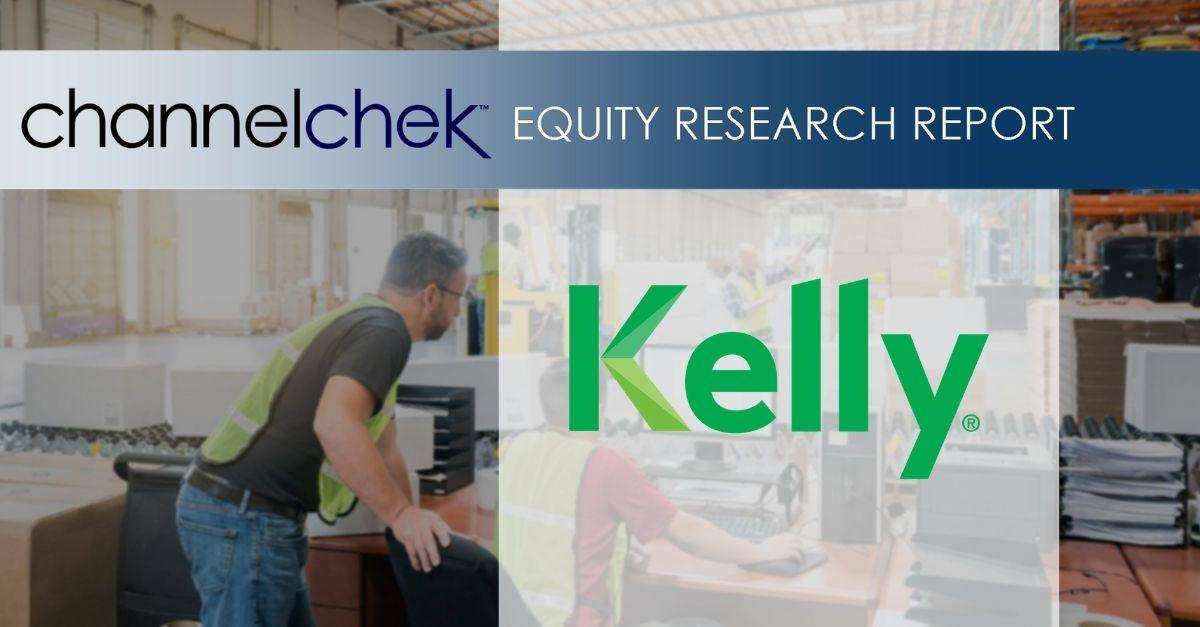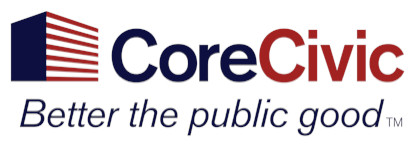
CoreCivic Announces Upsizing and Pricing of Tack-On Offering of $225 Million 8.25% Senior Notes Due 2026
BRENTWOOD, Tenn., Sept. 22, 2021 (GLOBE NEWSWIRE) — CoreCivic, Inc. (NYSE: CXW) (the Company) announced today that it successfully upsized and priced its offering of an additional $225,000,000 aggregate principal amount of CoreCivic’s 8.25% senior unsecured notes due 2026 (the “Additional Notes”). The aggregate principal amount of the Additional Notes to be issued in the offering was increased to $225 million from the previously announced $100 million. The Additional Notes were priced at 102.25% of their aggregate principal amount, plus accrued interest from April 14, 2021, the issue date for CoreCivic’s previously issued $450 million aggregate principal amount of 8.25% senior unsecured notes due 2026 (the “Existing Notes”). The Additional Notes will have an effective yield to maturity of 7.65% and will constitute a single class of securities with the Existing Notes.
The Additional Notes will be senior unsecured obligations of CoreCivic and will be guaranteed on a senior unsecured basis by all of CoreCivic’s subsidiaries that guarantee its senior secured credit facilities, the Existing Notes and its other indebtedness. The aggregate net proceeds from the sale of the Additional Notes are expected to be approximately $225.5 million, after deducting the underwriting discounts and estimated offering expenses. CoreCivic intends to use the net proceeds from the offering of the Additional Notes for general corporate purposes, which may include purchasing CoreCivic’s existing $174.0 million principal amount of 4.625% senior notes due 2023 and CoreCivic’s existing $250.0 million principal amount of 4.75% senior notes due 2027 in open market or privately negotiated transactions, and/or repayment of amounts outstanding under CoreCivic’s revolving credit facility, Term Loan A or Term Loan B. To the extent CoreCivic repays amounts outstanding under its revolving credit facility, such amounts may be reborrowed. There can be no assurance that the offering of the Additional Notes will be consummated.
Imperial Capital is acting as left lead underwriter, StoneX Financial Inc. is acting as joint lead arranger, and Wedbush Securities Inc. is acting as co-manager for the offering.
The Additional Notes are being offered pursuant to CoreCivic’s effective shelf registration statement on Form S-3ASR, which became effective upon filing with the Securities and Exchange Commission on April 6, 2021. A preliminary prospectus supplement describing the terms of the offering has been filed with the Securities and Exchange Commission and is available at www.sec.gov. The offering may be made only by means of a prospectus supplement and the accompanying prospectus. Copies of the preliminary prospectus supplement and accompanying prospectus relating to this offering may be obtained at Imperial Capital, LLC, 10100 Santa Monica Boulevard, Suite 2400, Los Angeles, CA 90067, Attn: Prospectus Department, or by telephone at (310) 246-3700.
This press release is neither an offer to sell nor a solicitation of an offer to buy any securities, nor shall there be any offer, solicitation or sale in any jurisdiction in which such offer, solicitation or sale would be unlawful.
This press release includes forward-looking statements regarding CoreCivic’s intention to issue the Additional Notes and its intended use of the net proceeds from the issuance of the Additional Notes. These forward-looking statements may be affected by risks and uncertainties in CoreCivic’s business and market conditions. This information is qualified in its entirety by cautionary statements and risk factor disclosures contained in CoreCivic’s Securities and Exchange Commission filings, including CoreCivic’s annual report on Form 10-K, quarterly reports on Form 10-Q and current reports on Form 8-K, as well as the risks identified in the preliminary prospectus supplement and the accompanying prospectus relating to the offering. CoreCivic wishes to caution readers that certain important factors may have affected and could in the future affect CoreCivic’s actual results and could cause CoreCivic’s actual results for subsequent periods to differ materially from those expressed in any forward-looking statement made by or on behalf of CoreCivic, including the risk that the offering of the Additional Notes cannot be successfully completed. CoreCivic undertakes no obligation to update forward-looking statements to reflect events or circumstances after the date hereof.
About CoreCivic
CoreCivic is a diversified government solutions company with the scale and experience needed to solve tough government challenges in flexible, cost-effective ways. CoreCivic provides a broad range of solutions to government partners that serve the public good through corrections and detention management, a network of residential reentry centers to help address America’s recidivism crisis, and government real estate solutions. CoreCivic is the nation’s largest owner of partnership correctional, detention and residential reentry facilities, and believes it is the largest private owner of real estate used by government agencies in the U.S. CoreCivic has been a flexible and dependable partner for government for more than 35 years. CoreCivic’s employees are driven by a deep sense of service, high standards of professionalism and a responsibility to help government better the public good.
| Contact: | Investors: Cameron Hopewell – Managing Director, Investor Relations – (615) 263-3024 Media: Steve Owen – Vice President, Communications – (615) 263-3107 |
